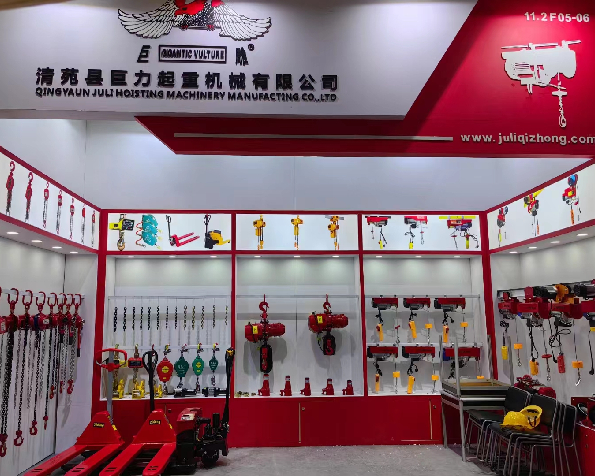


Fall Protection Ensuring Safety in the Workplace
In various industries, especially construction, manufacturing, and warehousing, the risk of falls is a significant concern. According to safety regulations and guidelines, fall protection is crucial for safeguarding workers who operate at heights or near edge hazards. Understanding the key aspects of fall protection is essential for maintaining a safe working environment and reducing the likelihood of workplace injuries.
Understanding the Importance of Fall Protection
Falls remain one of the leading causes of serious workplace injuries and fatalities. The Occupational Safety and Health Administration (OSHA) reports that more than 300 laborers die each year due to falls at work. This alarming statistic underscores the importance of fall protection measures. Effective fall protection not only saves lives but also reduces costs associated with medical care, lost productivity, and legal fees arising from workplace accidents.
Types of Fall Protection Systems
Fall protection can be categorized into three primary systems personal fall arrest systems (PFAS), guardrails, and safety nets
.1. Personal Fall Arrest Systems (PFAS) These systems consist of harnesses, lanyards, and anchor points designed to securely tether a worker to a stable structure. When a fall occurs, the PFAS stops the person’s fall, minimizing the risk of injury. Training in the proper use of PFAS is crucial, as improper use can lead to catastrophic results.
2. Guardrails Guardrails are physical barriers installed around edges of platforms, roofs, and other elevated surfaces to prevent workers from falling. They are often made of materials like metal or wood and must meet specific height and strength standards set by OSHA. Guardrails provide a reliable first line of defense for fall prevention.
3. Safety Nets Safety nets are installed below work areas at risk of falls. They capture falling workers and debris, significantly reducing the risk of serious injury upon impact. While they may not prevent the fall, they serve as a crucial safety measure when other fall protection methods are not feasible.

Responsibilities of Employers and Employees
Both employers and employees play critical roles in fall protection. Employers are required to identify fall hazards, assess the risks, and implement appropriate fall protection measures. They must provide necessary training, equipment, and safety gear to workers. Additionally, employers are responsible for ensuring that all equipment is regularly inspected and maintained.
Employees, on their part, must participate in training programs and become familiar with the safety protocols in place. They should use the fall protection equipment provided and report any unsafe conditions to their supervisors. A culture of safety in the workplace relies on the active participation of all employees.
Training and Compliance
Effective training on fall protection is essential for ensuring that workers understand the risks associated with their job duties and are equipped to prevent falls. Regular refresher courses should be conducted to keep employees informed about the latest safety practices and equipment.
Furthermore, adherence to OSHA regulations and state-specific safety standards is vital in preventing accidents. Employers must be diligent in conducting safety audits and inspections to ensure compliance and address any potential hazards promptly.
Conclusion
Fall protection is a critical aspect of workplace safety that should not be overlooked. By implementing comprehensive fall protection systems, providing proper training, and fostering a culture of safety, employers can significantly reduce the risk of falls and protect their most valuable asset – their workers. As the old adage goes, An ounce of prevention is worth a pound of cure; investing in fall protection today can save lives and resources tomorrow. Ensuring the safety of workers is not just a legal requirement but a moral obligation that secures a healthier and more productive workplace for all.



